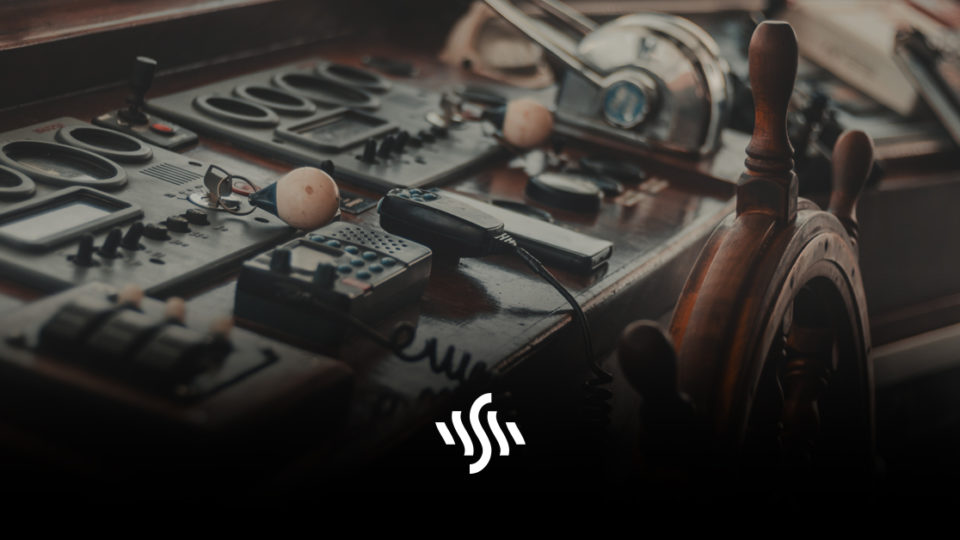Claims Control | What Do We Really Mean by This?
If you’re new to YouTube or the world of copyright, you may be unsure on what claims control really means. Let us clear up any confusion!
When you upload a video to YouTube, you’ve probably included some great music. If you haven’t, we strongly recommend adding some background tunes. Featuring music in your content will make videos more entertaining and seem more professional. This in turn can help to increase views and boost the number of subscribers to your channel.
What is a Claim on YouTube?
Claims are generated by assets which are on YouTube’s content ID system. The system will use the audio or visual asset to constantly search for any videos that contain a match to parts or all of the asset.
When a match is found, it’s up to the asset creator to decide what happens next. Firstly, the video can be blocked so that it’s no longer available for public view. Secondly, it can be tracked and have the statistics/analytics monitored. And thirdly, it can be monetized, so the earnings go to the copyright holder. It’s pretty rare that claims result in videos being blocked. Often, creators opt for tracking or monetizing the videos, as this is beneficial to them. As such, claims are generally harmless, and not something to panic about.
How Does this Affect an Uploader?
If you have uploaded a video and used a piece of music that isn’t your own, you could well receive a copyright claim. Unfortunately, you cannot use and song you like within videos, as you will need to have obtained the appropriate rights and licenses, such as the sync license. This is why people often use royalty free music. It’s more affordable than licensing popular tracks individually, and helps to avoid copyright issues.
Although receiving notifications relating to copyright can always seem alarming, a claim is nothing to panic about. As previously mentioned, more often than not, the claim will just mean the owner of the asset you have used will monetise the video.
NB. Royalty free does not mean that the music is free in terms of cost, or free of copyright. Find out what the difference between royalty free and copyright free is here.
So, What is Claims Control?
At Synchedin, when we talk about claims control we are referring to the ability to release claims.
You do not have the power to release a claim if you’ve received one on a video after using someone else’s music/asset. Only the copyright holder of the asset that has generated the claim can do this. If you know the copyright holder or can contact them, you can ask them directly to release the claim. However, this is only likely to work when smaller scale artists are involved (e.g. we don’t recommend using a Beyoncé track then asking Sony to release a claim. This is more likely to result in a copyright strike than a claim).
When you use an asset licensing service like Synchedin, you don’t have to worry about contacting artists to release claims. We’ve got an agreement with all our contributors that means we have the power to release claims on their behalf. So, if you use a royalty free track and receive a claim, it can be sorted very easily in two ways.
- Release it yourself – We have made it possible for you to get the license key for any assets you use, so that you can release claims yourself on YouTube.
- Ask us for help – If you don’t feel confident releasing claims yourself, or are just still feeling a bit confused (no judgement, as soon as the word “copyright” pops up things can get confusing real quick), then just ask us for help. If you email support@synchedin.com and let us know the URL of the video in question, we can get the claim released for you.
So, if you’ve got lots of great content ideas then we’ve got the audio. Spend more time getting creative and less time worrying about copyright, and sign up to Synchedin today!
